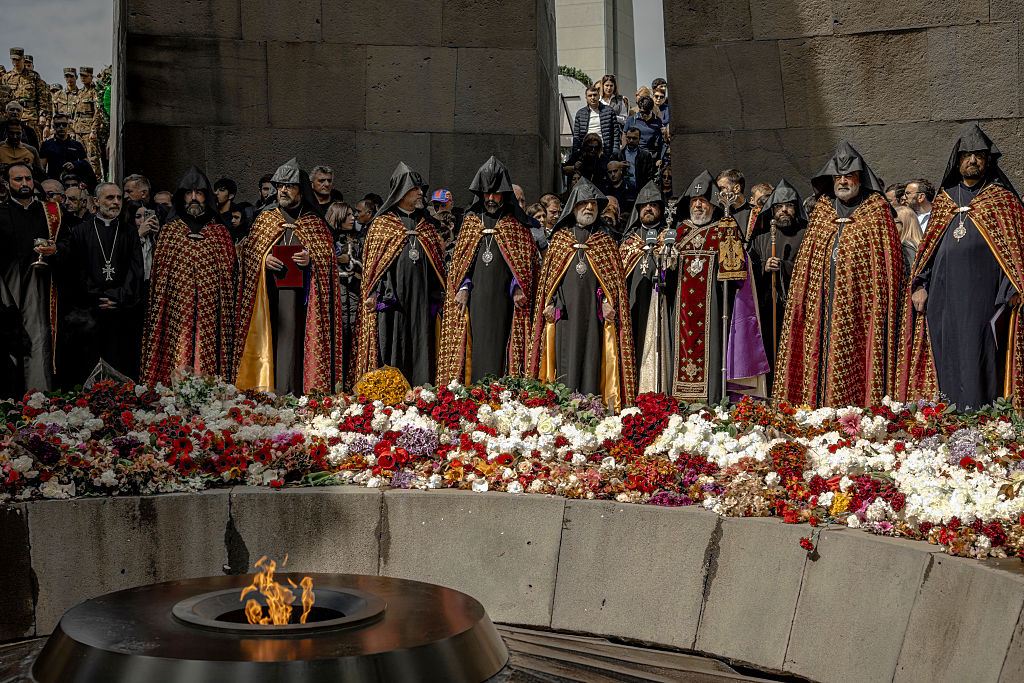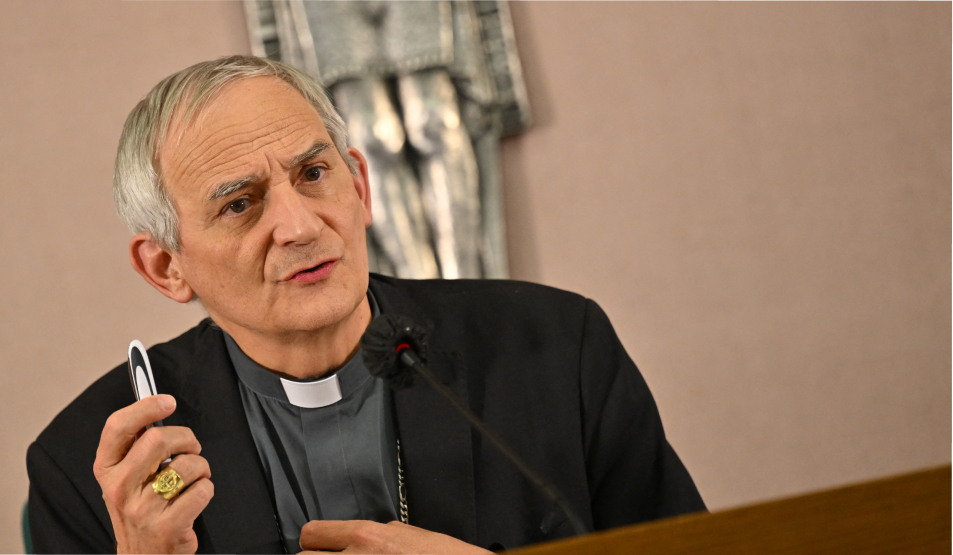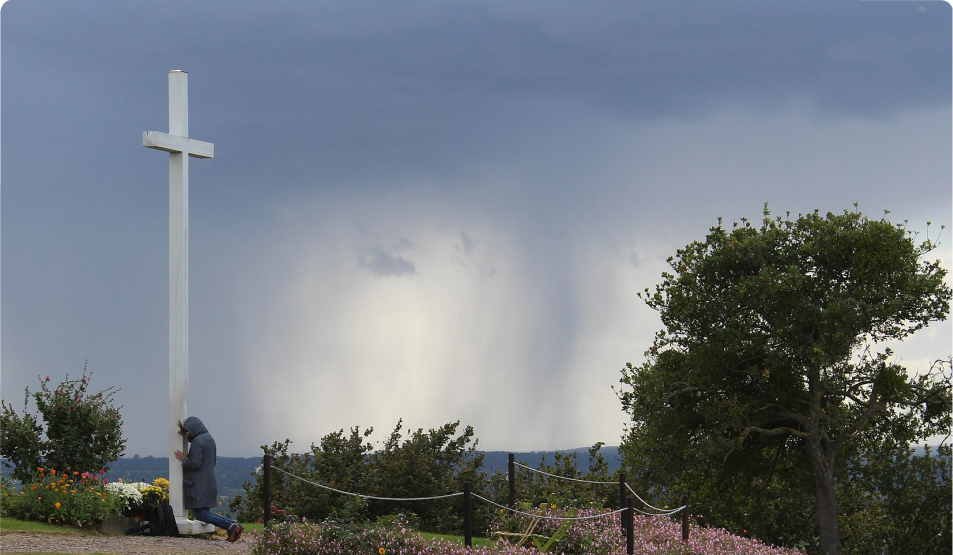A senior cleric of the Armenian Apostolic Church has been sentenced to prison following accusations of being involved in a coup against the government. The courts found Archbishop Mikael Ajapahyan guilty of calling for the overthrow of Prime Minister Nikol Pashinyan’s government.
This has deepened a growing confrontation in Armenia between the Church and the authorities, who have been accused of waging an anti-Church campaign against one of the world’s oldest Christian communities.
Archbishop Ajapahyan, 62, was arrested in June and accused of being involved in an alleged coup plot. Prosecutors said he had urged the removal of the government in a series of statements made over the past year, describing his words as incitement to regime change. The Church, however, said the archbishop was merely voicing criticism of state policy and exercising his right to free expression.
The court in Yerevan handed down its verdict on 3 October after a brief trial, finding the prelate guilty of “calls for the violent overthrow of the constitutional order”. His lawyer, Ara Zohrabyan, described the decision as politically motivated and confirmed that an appeal would be lodged.
The Armenian Apostolic Church issued a statement calling the sentence “one of the clear manifestations of the authorities’ anti-Church campaign”, adding that it revealed “a grave injustice against a servant of God”.
Tensions between Church and State in Armenia have been mounting for months. When police moved to detain Archbishop Ajapahyan in June, hundreds of clergy and laypeople gathered at the archbishop’s residence to block his arrest. Video footage shared online showed priests linking arms in front of riot police and chanting prayers as officers entered the building.
The cleric’s detention followed that of another senior prelate, Archbishop Bagrat Galstanyan, who was arrested earlier in the summer. Archbishop Galstanyan, a vocal critic of Pashinyan and a leader of the opposition “Sacred Struggle” movement, was accused of plotting to overthrow the government. He remains in custody awaiting trial.
The "Sacred Struggle" movement emerged last year in response to Armenia’s decision to hand over several border villages to neighbouring Azerbaijan, a move that triggered mass demonstrations and renewed opposition to the prime minister’s leadership.
The dispute over the border villages stems from Armenia’s ongoing attempts to normalise relations with Azerbaijan following decades of conflict. The two countries fought a series of wars over Nagorno-Karabakh, a region internationally recognised as part of Azerbaijan but historically populated by ethnic Armenians.
After the collapse of the Soviet Union in 1991, Armenian forces seized control of the territory, prompting years of hostilities that ended only after Azerbaijan’s decisive victory in 2020. A renewed offensive in 2023 saw Azerbaijan retake full control of the enclave, forcing nearly all of its Armenian residents to flee.
In August this year, the leaders of Armenia and Azerbaijan met at the White House, where their foreign ministers initialled a US-brokered peace agreement. However, the deal has yet to be signed and ratified, with several contentious issues unresolved, including Azerbaijan’s demand for constitutional changes in Armenia.
The domestic fallout from the territorial losses has left Prime Minister Pashinyan increasingly isolated. His critics, including prominent members of the Church, accuse him of betraying the nation’s security interests.
The Armenian Apostolic Church, founded in the fourth century and one of the oldest national Churches in Christendom, played a defining role in preserving the nation’s identity through centuries of foreign domination.
Its latest clash with the authorities, say observers, marks one of the sharpest breaks between Church and State since Armenia regained independence more than three decades ago.
Photo: Church leaders and members of the military appear in the Tsitsernakaberd Genocide Memorial in Yerevan, Armenia, 24 April 2025. The Armenian Apostolic Church led religious ceremonies, reinforcing the day's spiritual and historical significance. (Photo by ANTHONY PIZZOFERRATO/Middle East Images/AFP via Getty Images.)
















